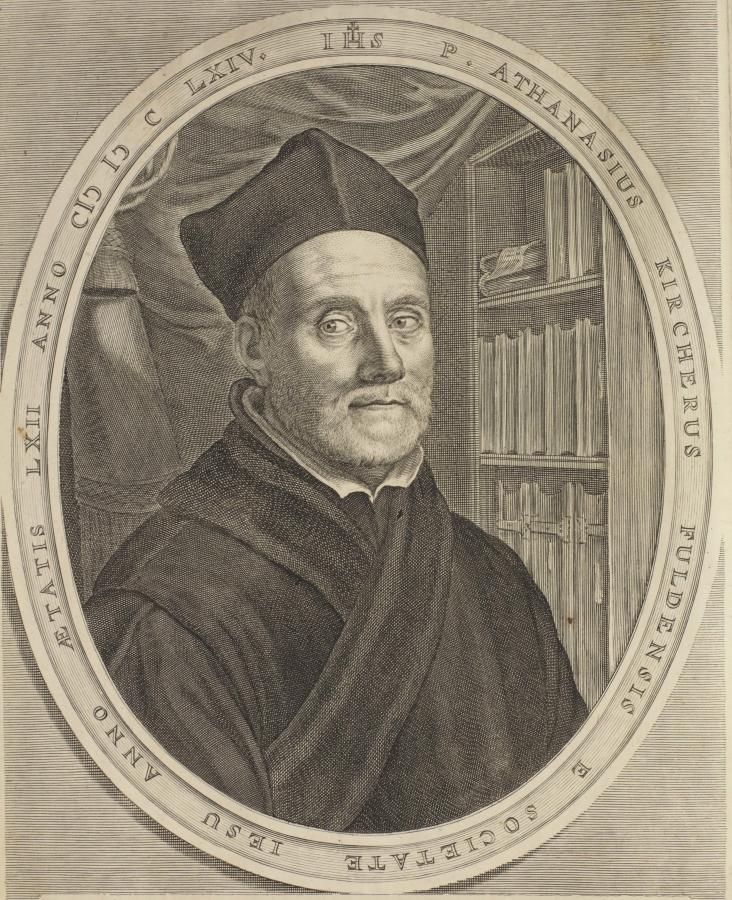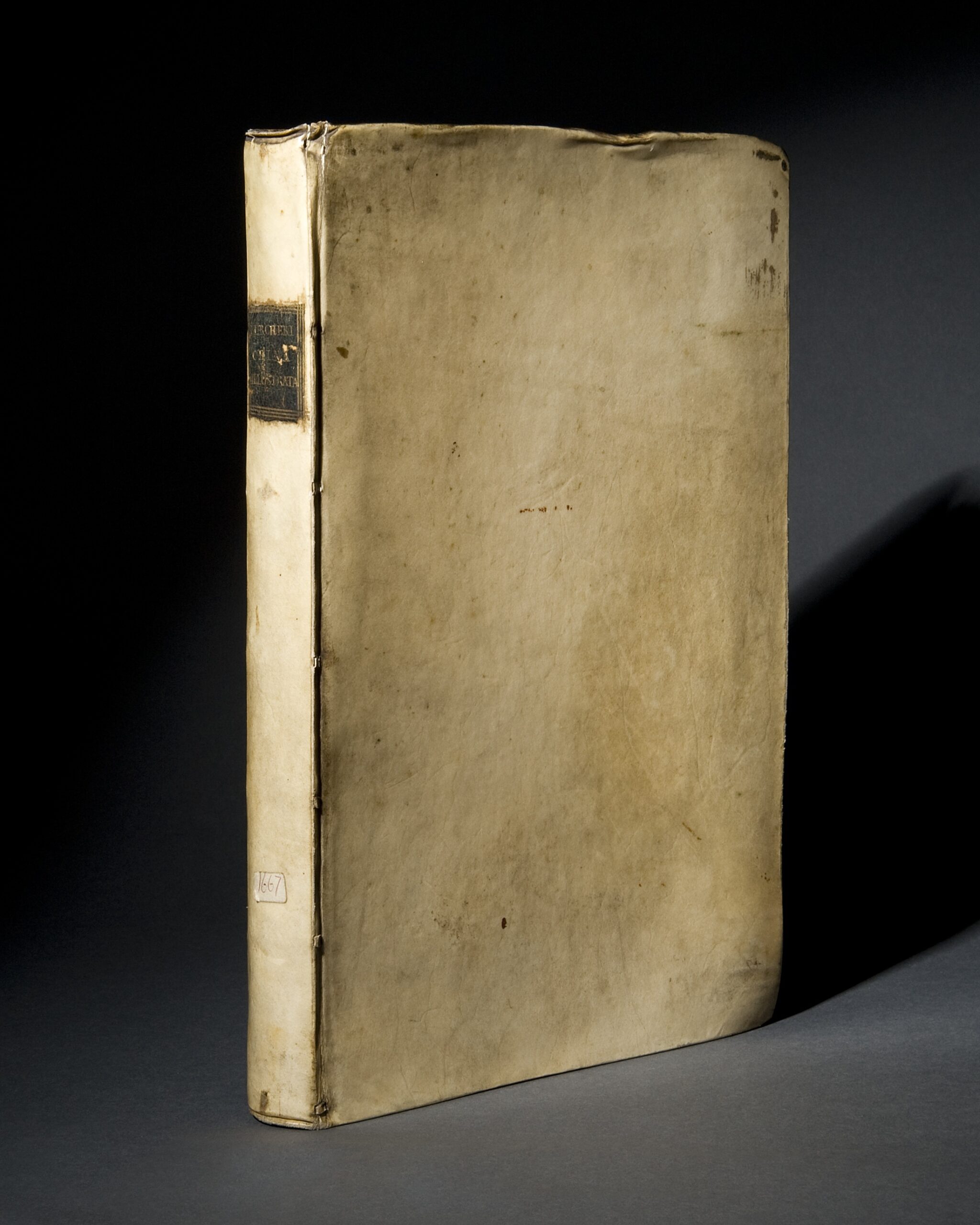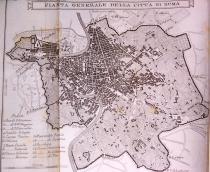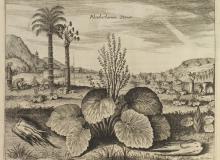Athanasius Kircher



The German Jesuit priest, Athanasius Kircher (1602-1680), never went to China but his publication of the writings of his fellow Jesuit missionaries gained great fame for their work. This publication, various known in English as China Illustrata or China Monumentis, recorded everything from accounts of historical events through to detailed descriptions of flora and fauna.
Kircher had an amazing enquiring mind, so much so that he has been described as ‘the last man who knew everything’ or ‘the master of a hundred arts.’ He was based at the Roman College for much of his career (1638-1680) and in addition to publishing, built an eclectic and popular museum of artifacts and scientific instruments. Kircher was fascinated by all manner of things, but especially in the fields of science, oriental studies and medicine. While the fact that he wrote around forty books in his lifetime – on subjects as diverse as geology, Egyptian hieroglyphics and Chinese history – impressed many of his contemporaries, others (like Descartes) described him as “more quicksalver than savant.”
China Illustrata was an influential work and a successful one for its printers, even to the extent that pirated copies were circulated without the permission of Kircher’s usual printer. The finely worked illustrations, detailed explanations of things like tea, ginseng and silk and the translation of such things as the text of the Nestorian cross enabled aspects of Chinese culture and history to be communicated to a diverse readership throughout Europe. Not all the information contained in the work was completely true, as for instance the ‘flying cat of Kashgar’, and this reflects the fact that Kircher and the engravers his printers commissioned to illustrate the text were not hesitant to embellish or add information on their own. Even so, centuries afterwards, it is significant how much of China Illustrata was accurate and thus further testimony to the diligence of the Jesuit missionaries in their pursuit of knowledge and their desire to communicate this knowledge across cultures.



